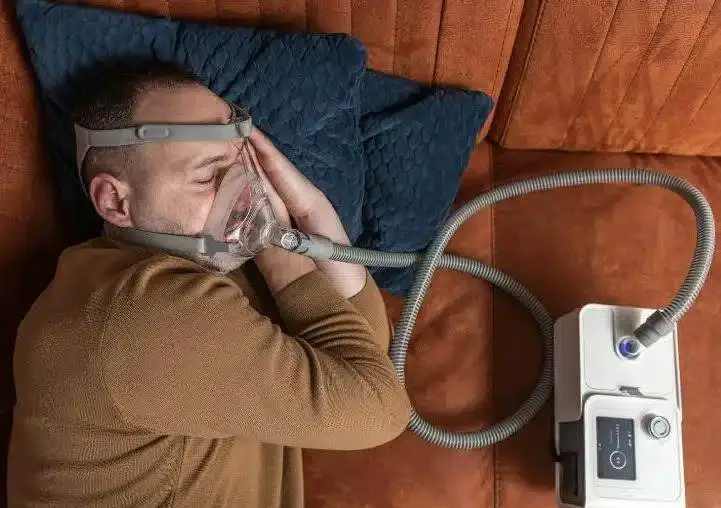How to Use a CPAP Machine for Better Sleep
Millions of Americans suffer from obstructive sleep apnea (OSA), a serious disorder characterized by interrupted breathing during sleep. If you’ve been diagnosed with OSA, a continuous positive airway pressure (CPAP) machine can significantly improve your sleep quality and overall health. In this blog post, we’ll guide you through the steps of setting up and using a CPAP machine effectively.
Understanding CPAP Therapy
Before we dive into the setup process, let’s briefly understand how CPAP therapy works. CPAP machines deliver pressurized air through a hose and mask, keeping your airway open during sleep. This steady flow of air prevents pauses in breath caused by a blocked throat. Here’s how to make the most of your CPAP:
Step-by-Step Instructions for Setting Up and Using Your CPAP Machine
-
Find the Right Spot for Your CPAP Machine:
- Choose a stable surface near your bed, such as a nightstand or small table.
- Ensure the CPAP is close enough to an outlet for easy plug-in.
- Allow unobstructed access to turn on the device, open the filter compartment, and add water to the humidifier.
-
Check the Filter:
- Your CPAP machine comes with a replaceable filter. Refer to the written instructions or guidance from your sleep technician to identify the correct filter type.
- The filter compartment should snugly hold the filter.
-
Attach the Hose:
- Connect the hose to the CPAP machine. The machine has a special connector designed for this purpose.
- The hose should attach securely without requiring excessive force.
-
Attach the Hose to the Mask:
- Plug the other end of the hose into your CPAP mask.
- Ensure a tight connection, which may involve clicking it into place.
-
Set Up the Humidifier (If Applicable):
- Many CPAP machines come with an attached humidifier to moisturize the air.
- Use distilled water only to prevent mineral buildup or impurity issues.
- Fill the humidifier reservoir up to the “MAX” fill line.
-
Wear Your CPAP Mask Comfortably:
- Choose a mask that fits well and doesn’t cause discomfort.
- Practice desensitization to get used to wearing the mask.
- Adjust the mask to avoid side effects like leaks or pressure marks.
-
Breathe Naturally with Your CPAP:
- Some people find it challenging to breathe with the continuous airflow. Consider using a V-Com device to learn how to breathe comfortably.
- Relax and allow the CPAP to do its job.
-
Maintain Regular Cleaning:
- Clean your mask, hose, and humidifier regularly.
- Follow manufacturer guidelines for cleaning and replacement schedules.
-
Be Consistent:
- Use your CPAP every night, even during naps.
- Consistency is key to experiencing the full benefits of therapy.
-
Stay Positive:
- Understand that adjusting to CPAP therapy takes time.
- Focus on the positive impact it will have on your health, energy levels, and overall well-being.
Know more about Respiratory Zone





